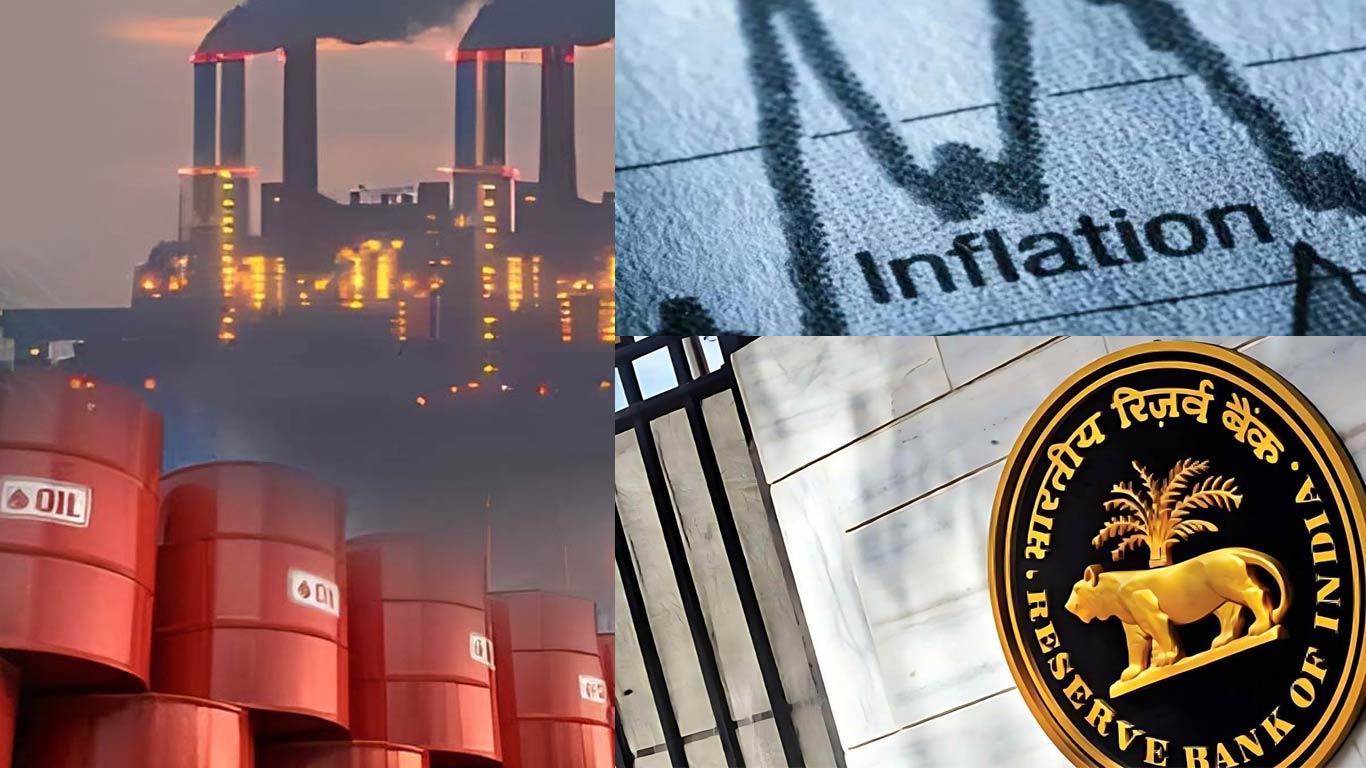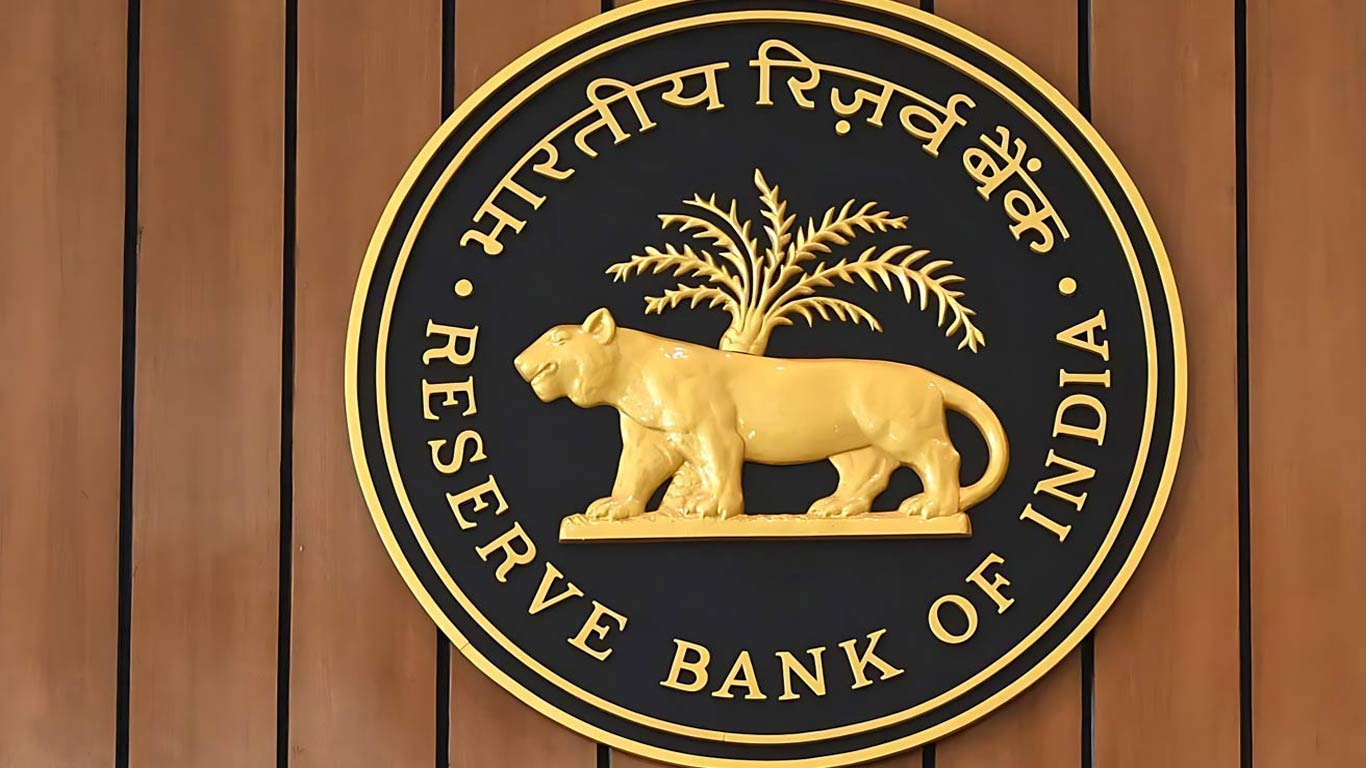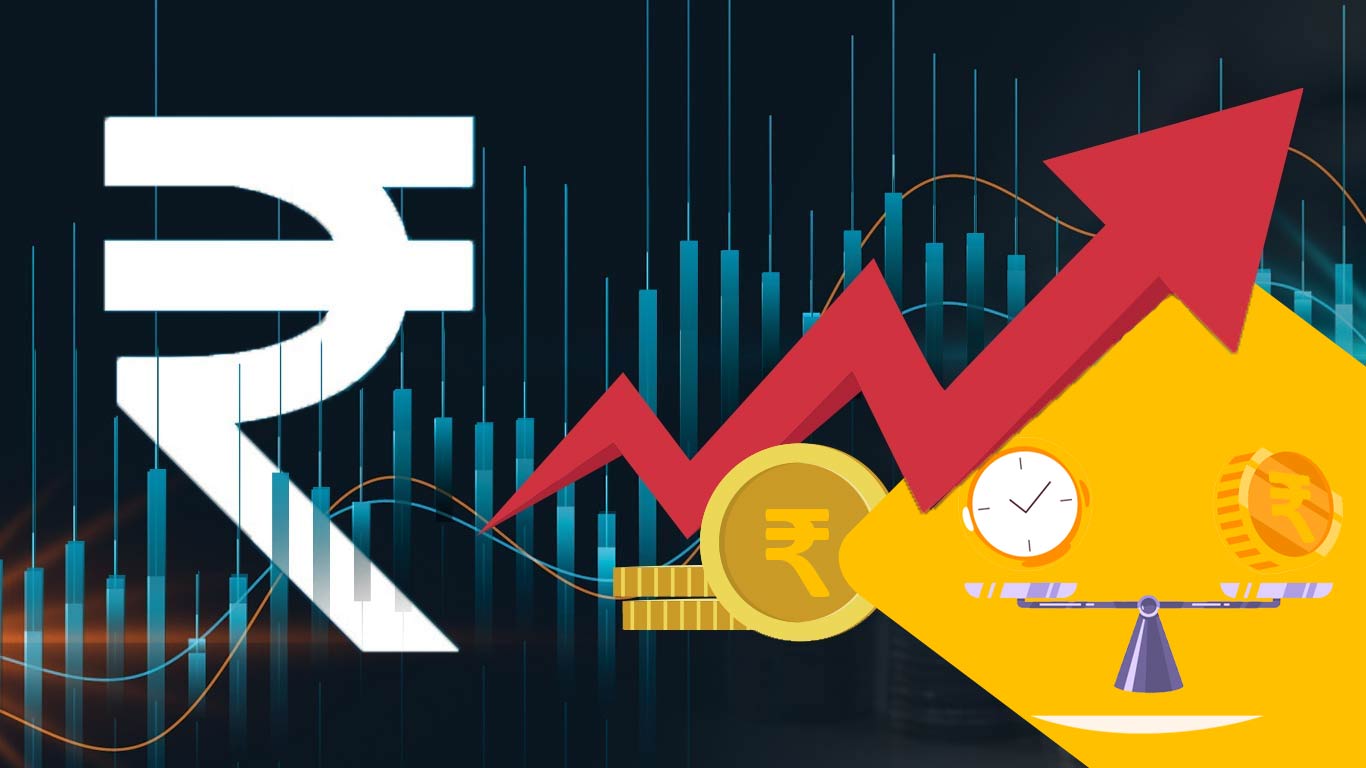National Manufacturing Policy yet to take off; industry upset
Updated: Jul 11, 2013 03:34:55pm

The policy which was announced with much fanfare was meant to create an additional 100 million jobs in the manufacturing sector.
The government seems to have woken up to the neglect of the industrial sector which has been showing continuous decline in growth for several quarters.
The point is likely to come up during a meeting between industry leaders and the Prime Minister Manmohan Singh on July-29.
Other issues that are likely to be raised are the impact of the depreciating rupee and the need to fast track key pending decisions.
To make matters worse, a Crisil report has elaborated the impact of the falling rupee in various sectors.
“CRISIL Research, India’s largest independent and integrated research house, expects India Inc to be severely impacted by the rupee’s depreciation against the dollar given the large foreign currency debt on the books and only partial hedging.
“Moreover, the rupee’s depreciation will lift input costs across many sectors amidst weak demand environment as reflected in low double digit topline growth expected in 2013-14. Even exporters are unlikely to benefit significantly as clients may seek to renegotiate contracts. We expect the rupee to strengthen from its current levels, but the 2013-14 average will still be 5-8 per cent weaker than the 2012-13 average,” it said.
PM’s session with industrialists is likely to be stormy, coming on heels of a meeting that Commerce and Industry Minister Anand Sharma convened earlier this month to discuss ways to improve the country’s image as the most preferred destination for investments. He had also met various representatives of the industry and held brainstorming sessions with them.
According to media reports, the industry leaders had then expressed their discontentment of the National Manufacturing Policy which had failed to attract any major investments. Other issues brought up during the meeting were a liberal foreign direct investment regime, easy credit flow and softening of rates.
Earlier, he had held a closed door meeting for a selected few from the National Manufacturing Competitiveness Council, Telecom Regulatory Authority of India, Department of Industrial Policy and Promotion and few other industrialists, inviting their inputs on what the government could do to put the Indian industry back in action; other than a series of foreign trips, to meet with industrialists, chambers, and export promotion councils.
Significantly, Crisil Research also indicated, “from the growth and profitability perspective, sectors that will be negatively impacted by the rupee’s depreciation include automobiles, auto components, airlines, consumer durables, oil marketing companies (OMCs), and fertilisers.”
Further, the increase in fuel costs will hurt demand for automobiles; and airlines with a high proportion of revenues accruing from domestic operations will also be hurt as 70 per cent of their operating costs are incurred in dollars, and their ability to pass on any cost increase is limited.
The upside for export-oriented companies, generally the biggest beneficiaries of a depreciating currency, will also be limited as clients are likely to renegotiate deals. Others who will benefit include pharmaceutical and readymade garment exporters, crude oil producers and pure-play refineries, it said.
As far as the country’s GDP is concerned, after touching a record 6.7 per cent in the third quarter of 2012-13, CAD fell to 3.6 per cent in the fourth quarter of the financial year. As such, CAD was a record 4.8 per cent of GDP in 2012-13 against 4.2 per cent a year ago. (KNN)











